Many snake enthusiasts and researchers have observed a curious behavior: certain snake species seem reluctant to strike when placed in open, exposed areas. While not universal among all serpents, this phenomenon presents a fascinating window into snake psychology, evolutionary adaptations, and survival strategies. Understanding why snakes might hesitate to attack in open spaces reveals much about these often misunderstood creatures and how their brains have evolved to navigate their complex environments. This article explores the various factors that influence this behavior and what it tells us about snake cognition and survival tactics.
The Evolutionary Basis of Snake Defensive Behavior

Snakes have evolved over millions of years to become highly specialized predators with specific defensive strategies tailored to their environments. Many species have developed instincts that prioritize self-preservation over aggression, particularly when they feel vulnerable. These evolutionary adaptations stem from the fact that snakes, despite their fearsome reputation, are often prey to larger animals such as birds, mammals, and even other reptiles. When a snake strikes, it momentarily commits to an action that could potentially expose it to counterattacks or predation. In open spaces without nearby retreats, this risk increases substantially, making many snakes reluctant to strike unless necessary. This risk-assessment capability demonstrates that snake behavior is far more complex and calculated than many people realize.
The Security Factor: Cover and Concealment
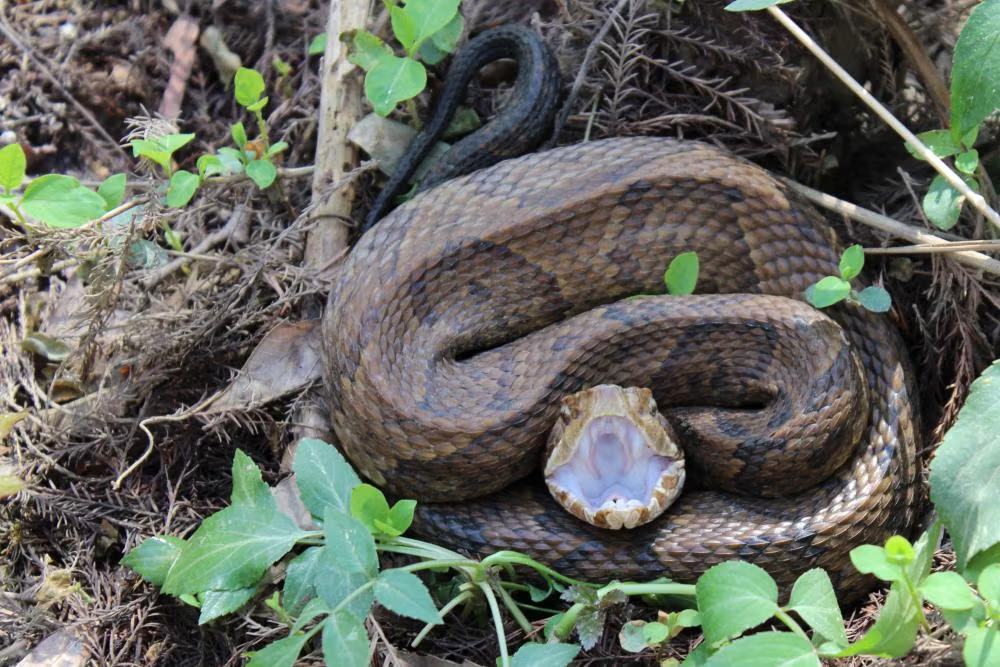
Snakes are ambush predators by nature, with many species relying on the element of surprise and the ability to retreat quickly after an attack. In natural settings, most snakes prefer environments with ample cover, such as rocks, vegetation, burrows, or fallen logs that provide quick escape routes. These hiding spots offer essential security that allows the snake to strike with confidence, knowing it can immediately retreat to safety. When placed in an open area without these security features, snakes often display heightened anxiety and defensive posturing rather than striking behavior. This reluctance stems from an instinctive understanding that striking without a secure retreat path significantly increases vulnerability. Research has shown that even highly aggressive snake species become notably more hesitant to strike when all cover options are removed from their environment.
Threat Assessment and Survival Calculation

Snakes possess sophisticated threat assessment capabilities that help them determine when striking is worth the risk. This decision-making process involves evaluating numerous factors, including the size of the potential threat, proximity, behavior patterns, and available escape routes. Many snake species demonstrate a remarkable ability to gauge whether a strike would be effective against a particular threat or merely provoke a more dangerous response. In open spaces, this calculation often tips toward restraint rather than aggression because the snake can more clearly assess the full size and capabilities of the threat. Additionally, snakes can recognize when they’re significantly outmatched, leading to alternative defensive displays like flattening their bodies, hissing, or playing dead instead of striking. This complex decision tree shows that snakes possess more sophisticated cognitive abilities than they’re often credited with.
Species-Specific Variations in Strike Behavior
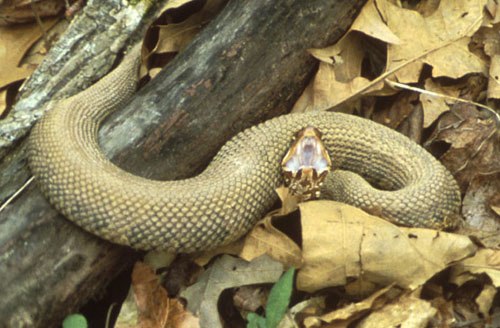
Not all snake species respond identically to open spaces, with striking reluctance varying significantly across different types of serpents. Arboreal species like tree vipers and certain python species, which naturally hunt in more exposed environments, may show less hesitation to strike in open areas compared to ground-dwelling species. Conversely, fossorial (burrowing) snakes like blind snakes or sand boas demonstrate extreme reluctance to strike when removed from their subterranean environment and placed in open spaces. Venomous species like rattlesnakes often show more restraint than constrictors, possibly because producing venom requires significant metabolic resources, making each strike a valuable commodity not to be wasted. These variations highlight how each snake species has evolved specialized behaviors optimized for their particular ecological niche and hunting strategy.
The Role of Vision and Perception

Snake vision plays a crucial role in their reluctance to strike in open spaces. Contrary to popular belief, most snakes have reasonably good vision, though the quality varies significantly between species. In open areas, a snake becomes acutely aware of its visibility to predators, creating a heightened sense of vulnerability. Many species, particularly those with heat-sensing pits like vipers and pythons, have evolved to hunt in low-light conditions where their specialized senses give them an advantage. When placed in bright, open environments, these snakes may feel disadvantaged as their specialized senses offer less of an edge. Additionally, snakes rely heavily on vibration detection through their bellies in contact with the ground, and open spaces with less environmental “noise,” they can more clearly detect the movements of larger creatures, further triggering their defensive rather than offensive instincts.
Energy Conservation as a Survival Strategy

Snakes operate on a remarkably efficient energy budget, with their cold-blooded metabolism allowing them to survive on far fewer calories than similarly sized mammals. This efficiency means they must be extremely judicious about when to expend energy, particularly for high-cost activities like striking. A strike requires rapid muscle contractions that consume significant energy resources, resources that might be needed later for escape or pursuing actual prey. In open spaces where a strike is less likely to be successful and more likely to expose the snake to danger, the energy calculation often favors conservation over action. This careful energy management explains why many snakes in captivity or during handling will repeatedly threat-display rather than strike. The snake is essentially performing a cost-benefit analysis where the potential costs of striking in an exposed position outweigh the potential benefits.
Thermal Considerations and Temperature Regulation
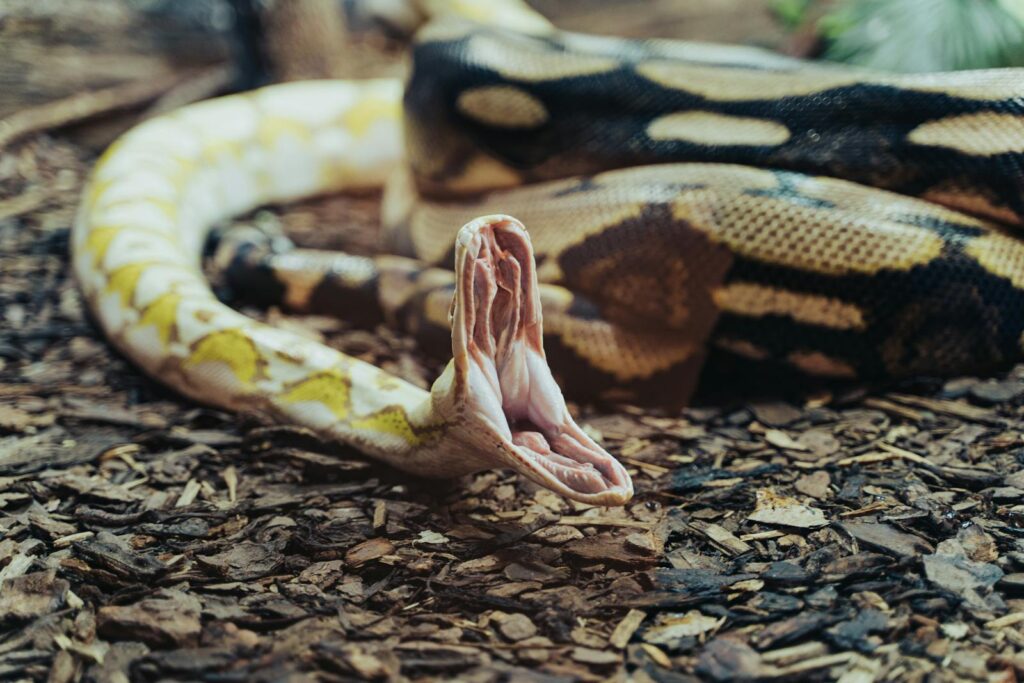
Temperature plays a fundamental role in snake behavior, including their willingness to strike. As ectotherms, snakes rely on environmental heat to regulate their body temperature and metabolic functions. Open spaces often present thermal challenges – they may be too hot, causing the snake to overheat, or too cool, slowing the snake’s reactions and making a strike less effective. Many species have evolved to associate open, unshaded areas with dangerous temperature extremes. A snake that feels thermally stressed or vulnerable is significantly less likely to engage in offensive striking behavior and more likely to focus on finding appropriate shelter. Research has shown that even typically aggressive snake species show marked decreases in strike frequency when outside their optimal temperature range, which they can more easily maintain in covered, sheltered environments.
The Impact of Previous Experience and Learning
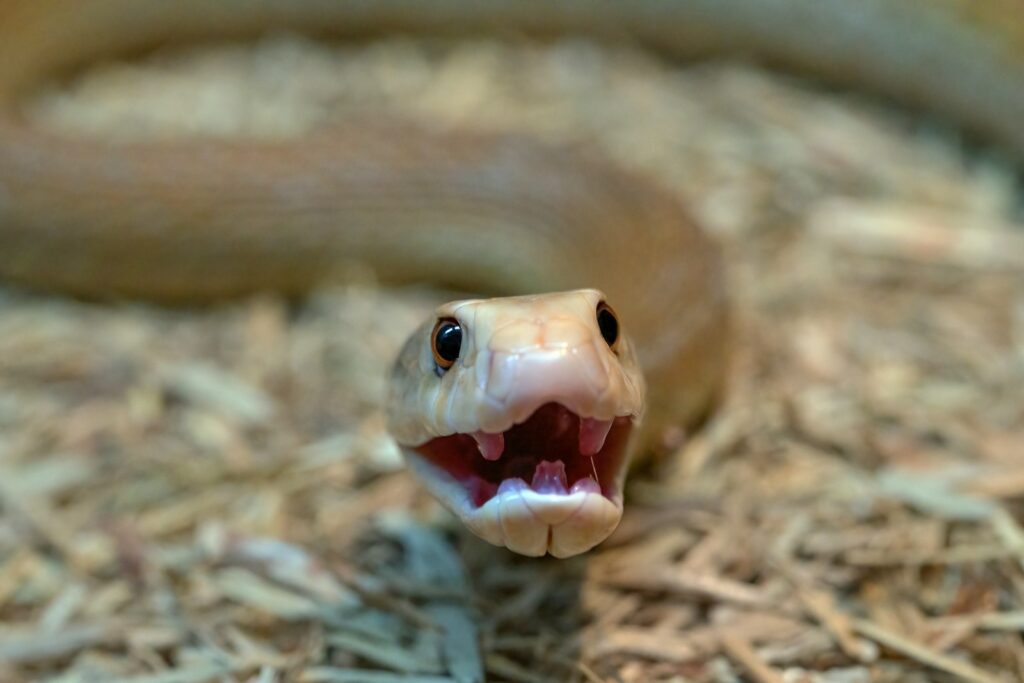
Snakes possess more sophisticated learning capabilities than they’re often credited with, and previous experiences significantly influence their willingness to strike in open spaces. Captive snakes that have been regularly handled or experienced negative outcomes from striking may learn to suppress this behavior, especially in unfamiliar open environments. Wild snakes that have survived predation attempts may develop heightened caution when exposed. Studies have demonstrated that snakes can form associations between certain environments and negative outcomes, leading to modified behavior in similar situations. This capacity for basic learning challenges the notion that snakes operate purely on instinct and suggests that individual histories shape their defensive responses. Particularly interesting is research showing that some snake species can retain learned associations for months or even years, indicating substantial neural plasticity.
Stress Responses and Fight-or-Flight Mechanisms
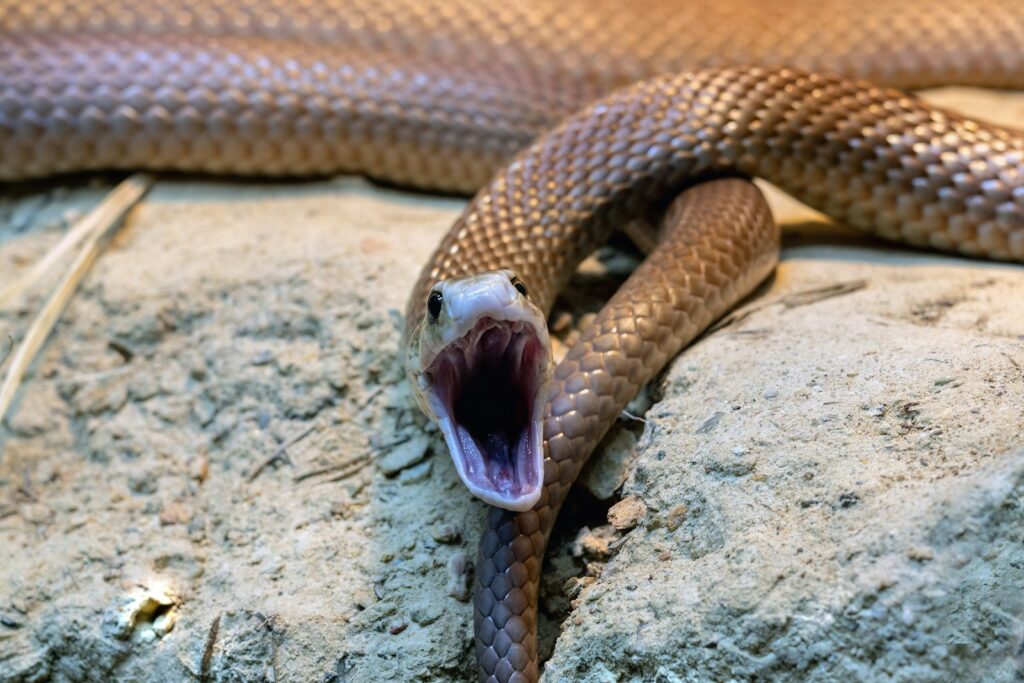
When placed in open spaces, many snakes exhibit clear physiological stress responses that directly impact their willingness to strike. These stress responses trigger hormonal changes similar to the mammalian fight-or-flight response, though adapted to reptilian physiology. In open environments without retreat options, the “flight” component becomes impossible, creating a conflicted state where the snake must evaluate whether “fight” (striking) improves or worsens its survival chances. This stress state is observable through increased respiratory rates, muscle tension, and sometimes freezing behavior. Prolonged exposure to open spaces without cover can lead to chronic stress in captive snakes, potentially suppressing normal behavior patterns, including defensive striking. Conservation researchers have noted that wild snakes captured and placed in open containers for study often exhibit these stress responses, which can confound behavioral observations if not accounted for.
The Influence of Body Position and Strike Mechanics
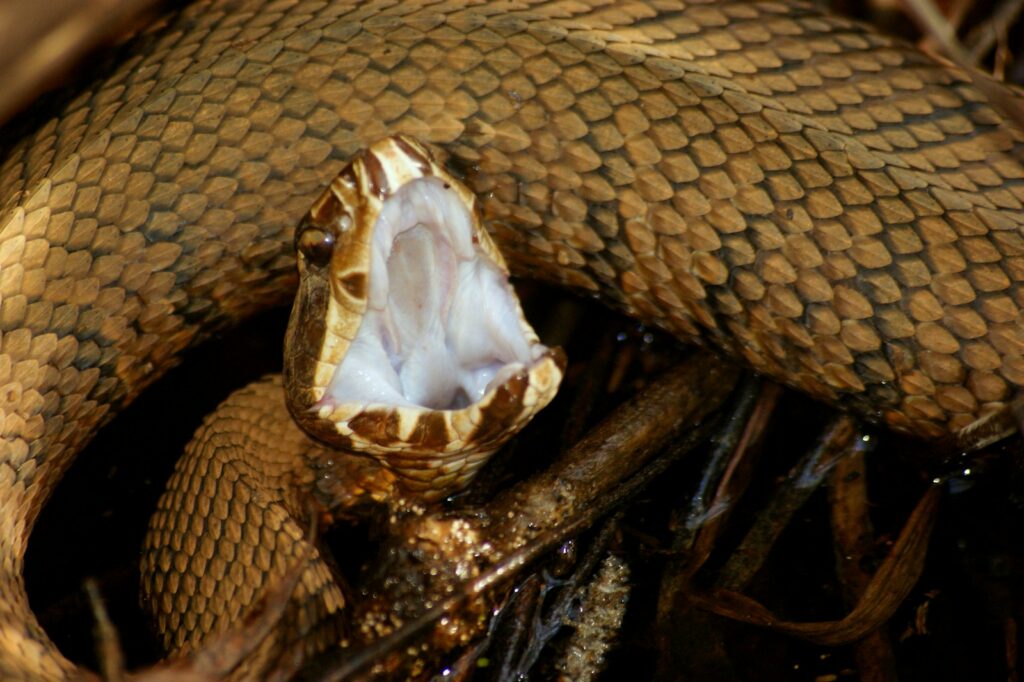
Snake strike mechanics require specific body positioning to generate the necessary force and accuracy, which becomes problematic in open spaces. Most snake species need to form a coiled or S-shaped position to strike effectively, using their muscles to create stored energy that propels the forward motion. In open areas without environmental features to brace against, achieving and maintaining this optimal position becomes more difficult. Without the ability to properly coil or secure their posterior body, snakes may recognize that their strikes would be less effective or powerful. This mechanical disadvantage creates another disincentive to strike when in exposed positions. High-speed photography has revealed that snakes that do strike from compromised positions in open spaces achieve significantly less extension and velocity, potentially reducing their defensive effectiveness.
Implications for Snake Handling and Safety
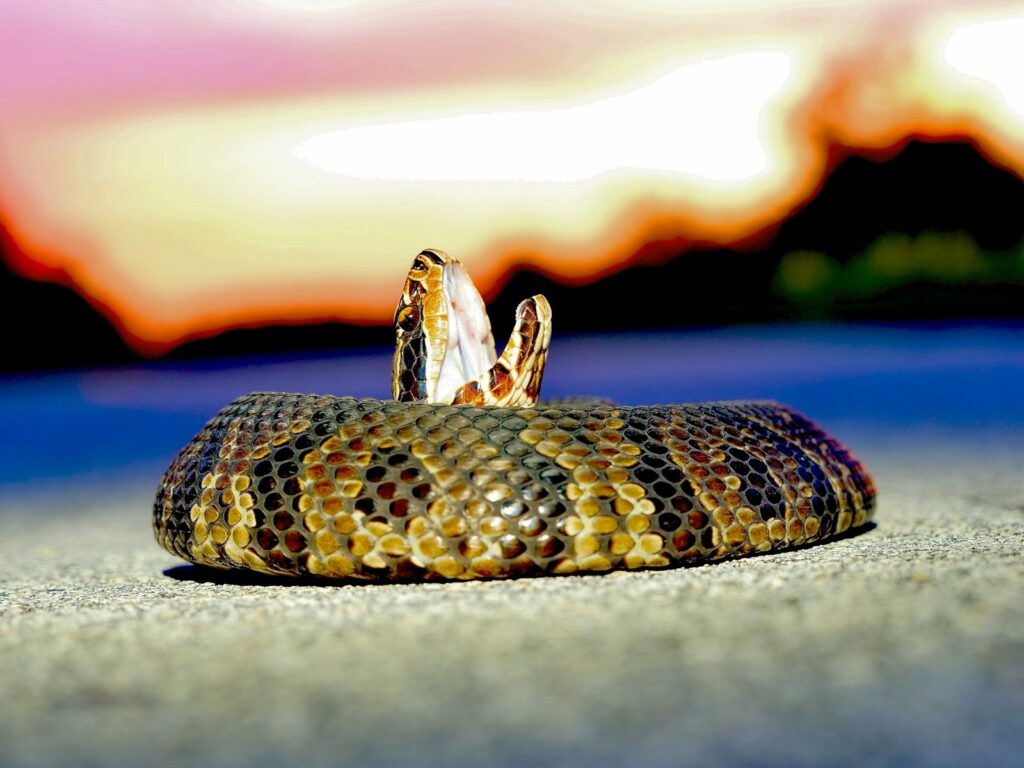
Understanding why snakes may refuse to strike in open spaces has important implications for both professional handlers and the general public. While this knowledge might suggest that handling snakes in open areas is safer, experts strongly caution against relying on this behavior as a safety measure. A cornered or threatened snake may still strike despite its instinctive reluctance if it perceives no other option. Professional handlers use specialized tools and techniques that respect the snake’s natural behaviors while ensuring handler safety. For conservation researchers, awareness of this behavior helps in designing study methodologies that produce more natural behavioral observations. Public education about this aspect of snake behavior can potentially reduce unnecessary killings of snakes, as understanding that most snakes prefer retreat over aggression challenges common misconceptions about these animals being inherently aggressive.
Conservation Considerations and Human Interactions
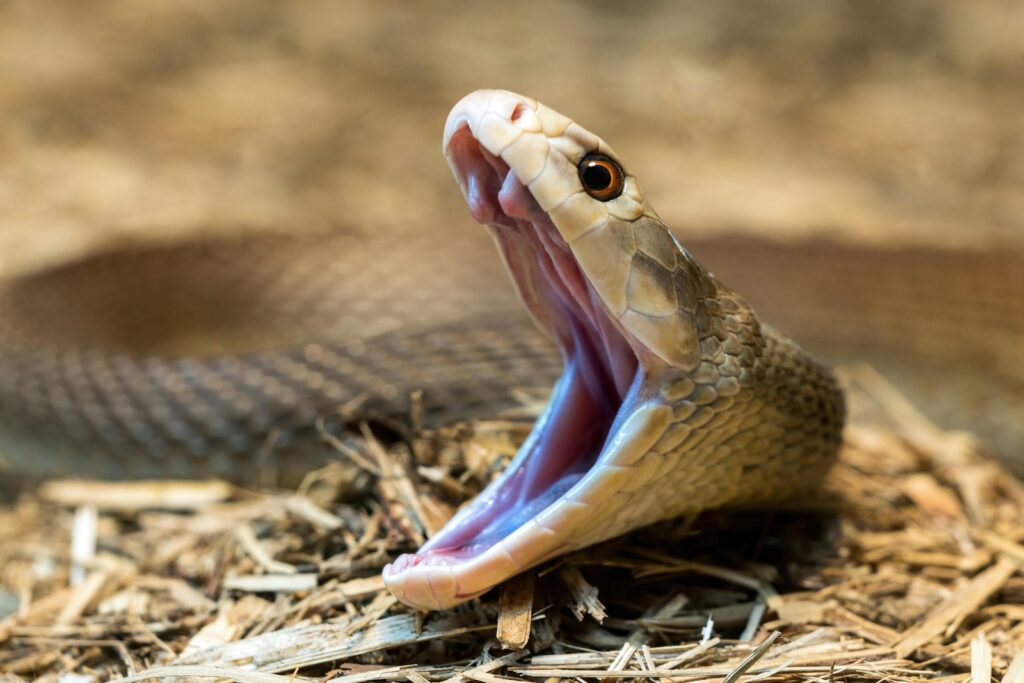
The reluctance of snakes to strike in open spaces highlights their vulnerable nature and has significant conservation implications. As humans continue to fragment natural habitats, we create more edge environments and open spaces that may compromise the security snakes require for normal behavior patterns. Conservation efforts for threatened snake species now often include ensuring adequate cover and security features in protected habitats and rehabilitation facilities. Understanding these behavioral needs helps wildlife managers create more effective reserves and corridors for snake populations. For the public, recognizing that snakes feel vulnerable rather than aggressive in open spaces can foster greater empathy and willingness to coexist with these ecologically important predators. Education programs that demonstrate these behaviors help transform fear-based reactions into appreciation for the sophisticated survival strategies these ancient reptiles have evolved.
The reluctance of many snake species to strike in open spaces reveals a sophisticated behavioral adaptation rooted in survival strategy rather than any deficiency. Far from being mindless aggressors, snakes demonstrate remarkable risk assessment, environmental awareness, and self-preservation instincts. This behavior illuminates the complex evolutionary compromises that have shaped these animals over millions of years. By understanding that a snake’s hesitation to strike in the open stems from vulnerability rather than docility, we gain not only scientific insight but also a greater appreciation for these often misunderstood creatures. Their calculated responses remind us that even animals frequently feared by humans operate according to logical survival principles rather than malice or aggression.





